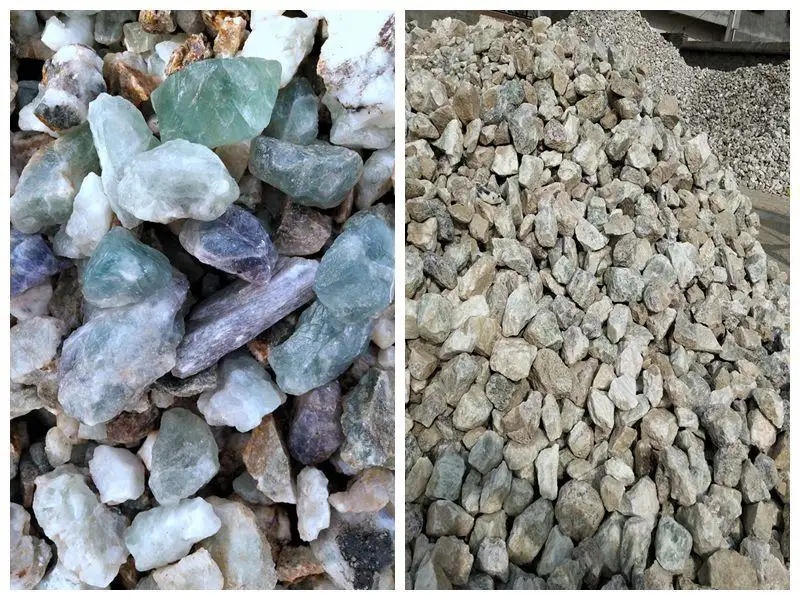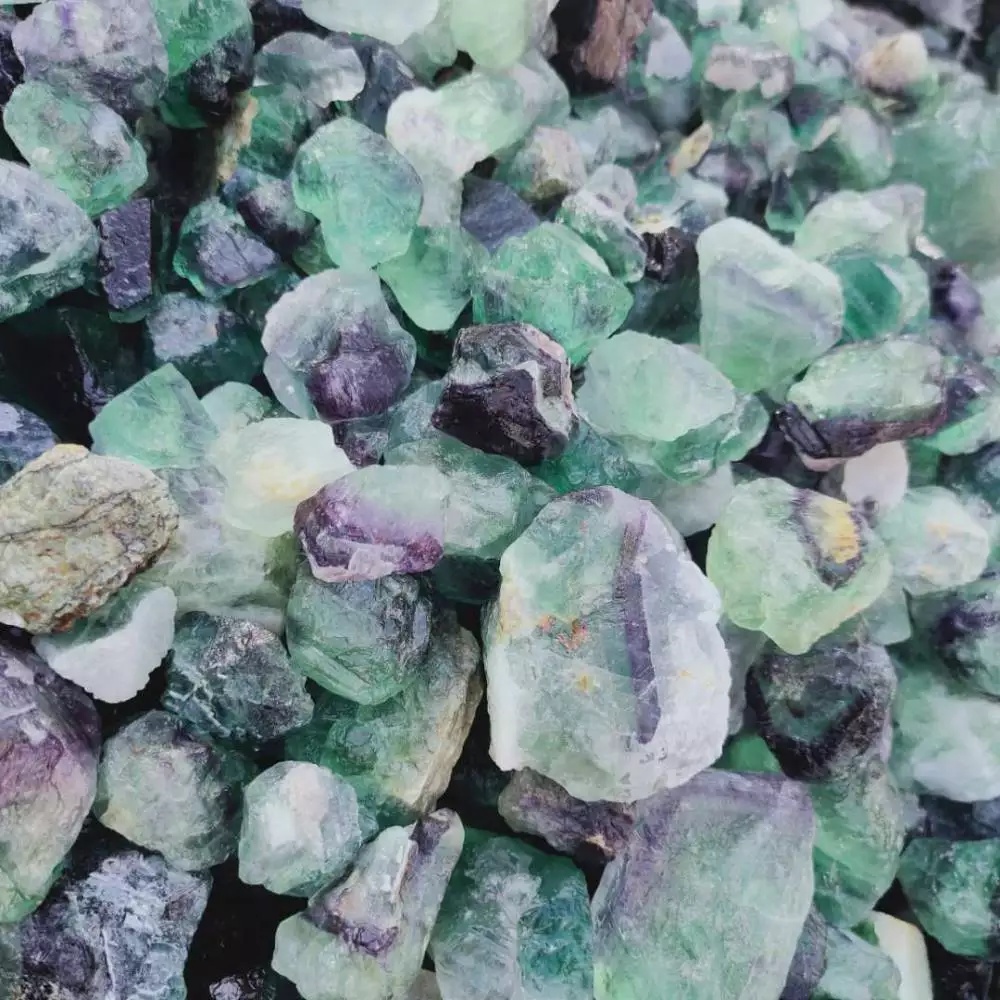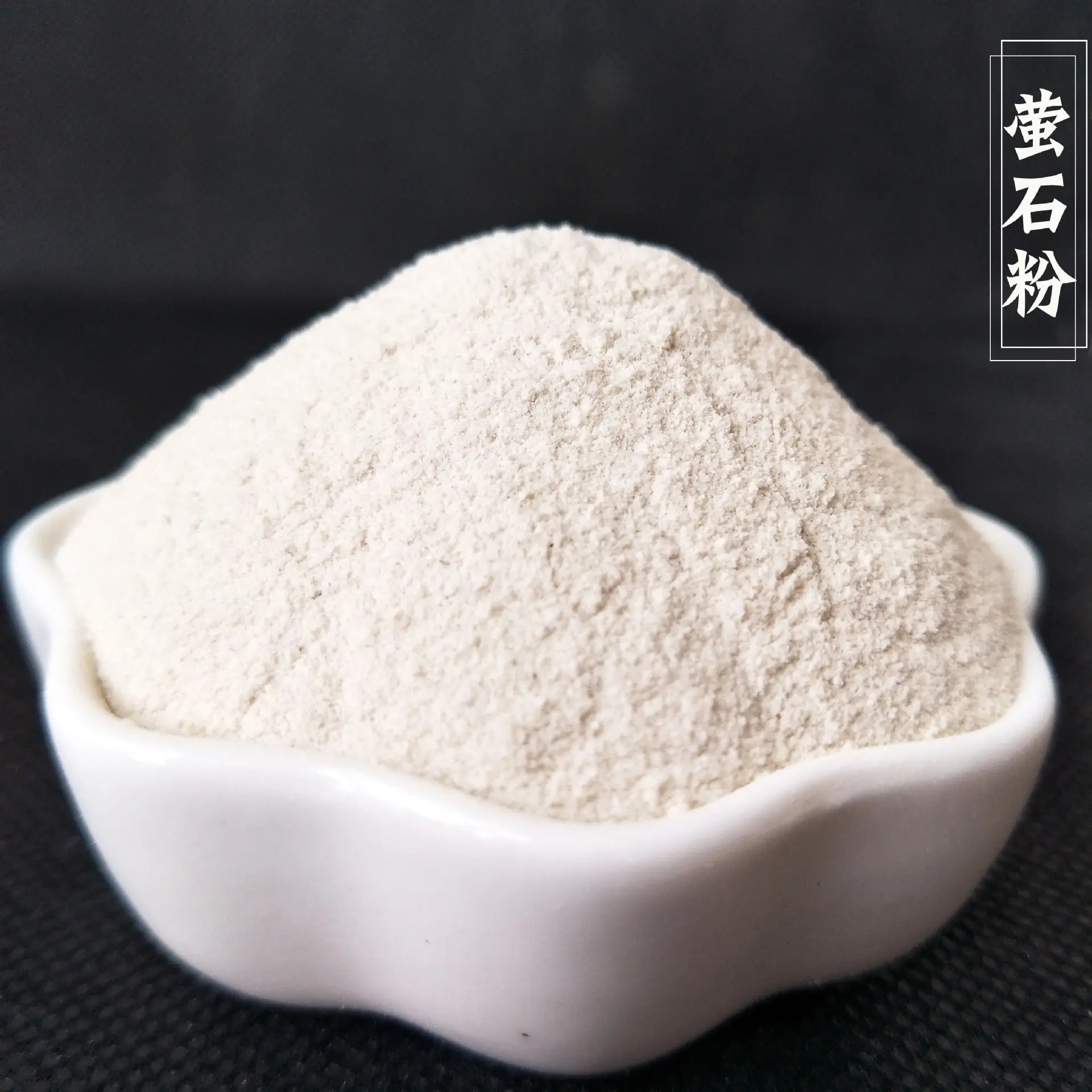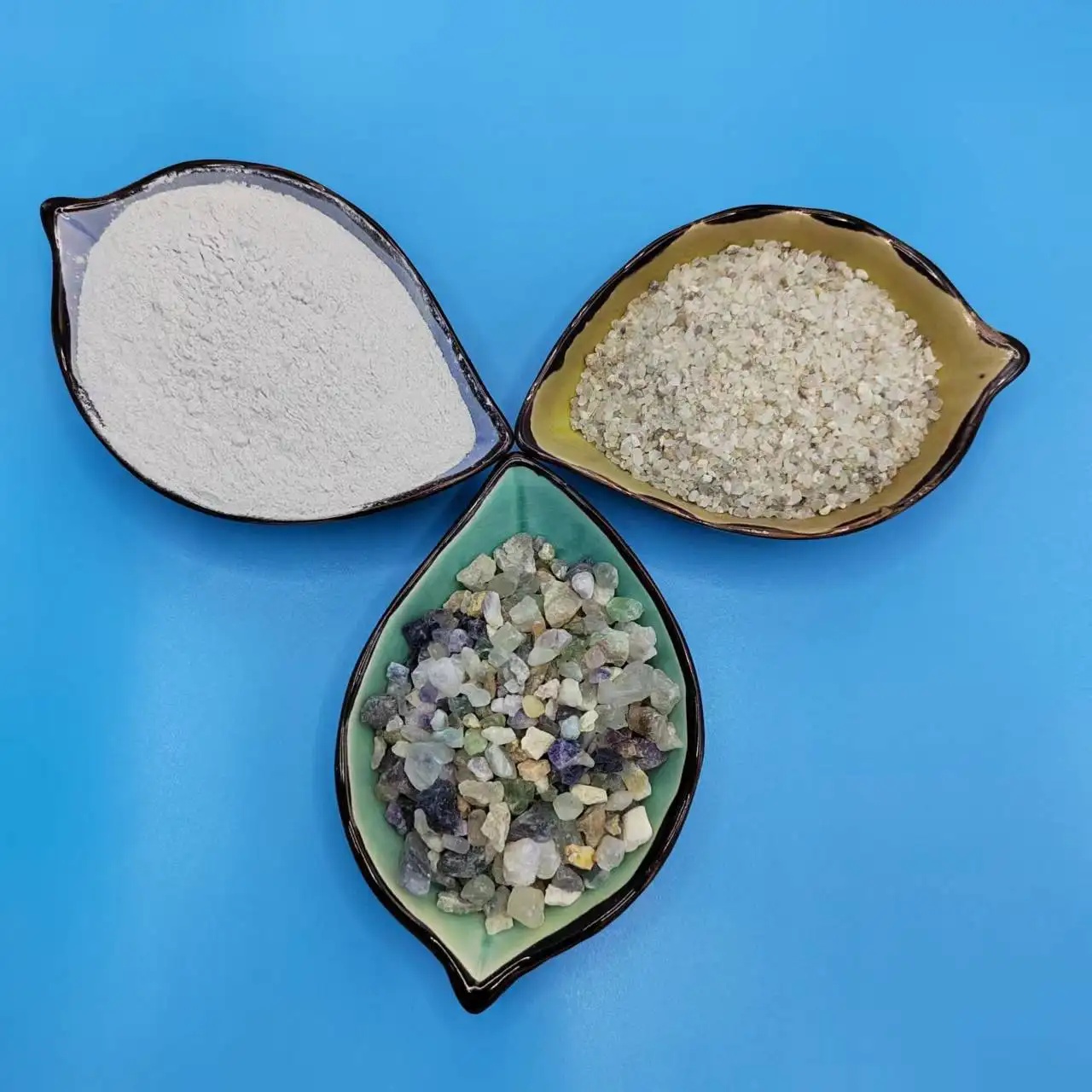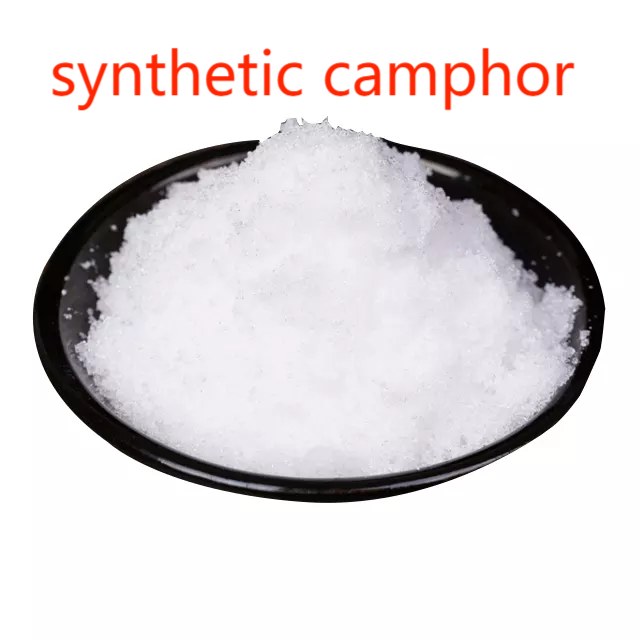Uses:
-
Industrial Applications:
- Metallurgy: Used as a flux to lower the melting point in steelmaking and aluminum smelting, which helps remove impurities.
- Glass and Ceramics: Added to glass and ceramics to improve properties like transparency and resistance to chemical wear.
- Optics: Due to its low refractive index and dispersive properties, high-purity fluorite is used to make lenses for cameras, microscopes, and telescopes, especially for applications that require minimal light distortion.
-
Chemical Industry:
- Hydrofluoric Acid Production: Fluorite is the primary source of fluorine and is used to produce hydrofluoric acid, which is then used in various chemical processes, including the production of fluorine compounds, Teflon, refrigerants, and pharmaceuticals.
-
Gemstone:
- Due to its range of colors and unique fluorescence, fluorite is used as a gemstone in jewelry, although its softness makes it suitable mainly for decorative pieces rather than everyday wear.
-
Collectors’ Mineral:
- Due to its vibrant colors and fluorescence, fluorite is highly prized by mineral collectors. Specimens with well-formed, transparent crystals are particularly sought after.
Fluorescence and Color Zoning:
One of the most famous features of fluorite is its fluorescence under UV light, which is believed to be due to the presence of certain impurities or structural defects. Additionally, some fluorite specimens exhibit color zoning—distinct bands of color within a single crystal due to variations in the chemical environment during formation.
Varieties of Fluorite:
- Blue John: A unique purple and white banded variety found only in Derbyshire, England. It is prized for ornamental carvings and jewelry.
- Yttrofluorite: A variety containing yttrium, often exhibiting a yellow or brown color.
Geological Significance:
Fluorite’s presence in certain rocks can help geologists interpret the thermal and chemical history of an area. Its association with other minerals, such as quartz and calcite, can provide clues about the conditions under which the rocks formed.
Health and Safety:
Fluorite itself is non-toxic and safe to handle, but fluorine and some fluorine compounds derived from it can be hazardous. Industrial processes involving fluorite, especially the production of hydrofluoric acid, require strict safety precautions.
Summary:
Fluorite is a fascinating mineral with a broad range of uses across industries, from steelmaking and glass production to jewelry and optical components. Its vibrant colors, crystal structure, and fluorescent properties make it both a prized collectible and an essential industrial material.